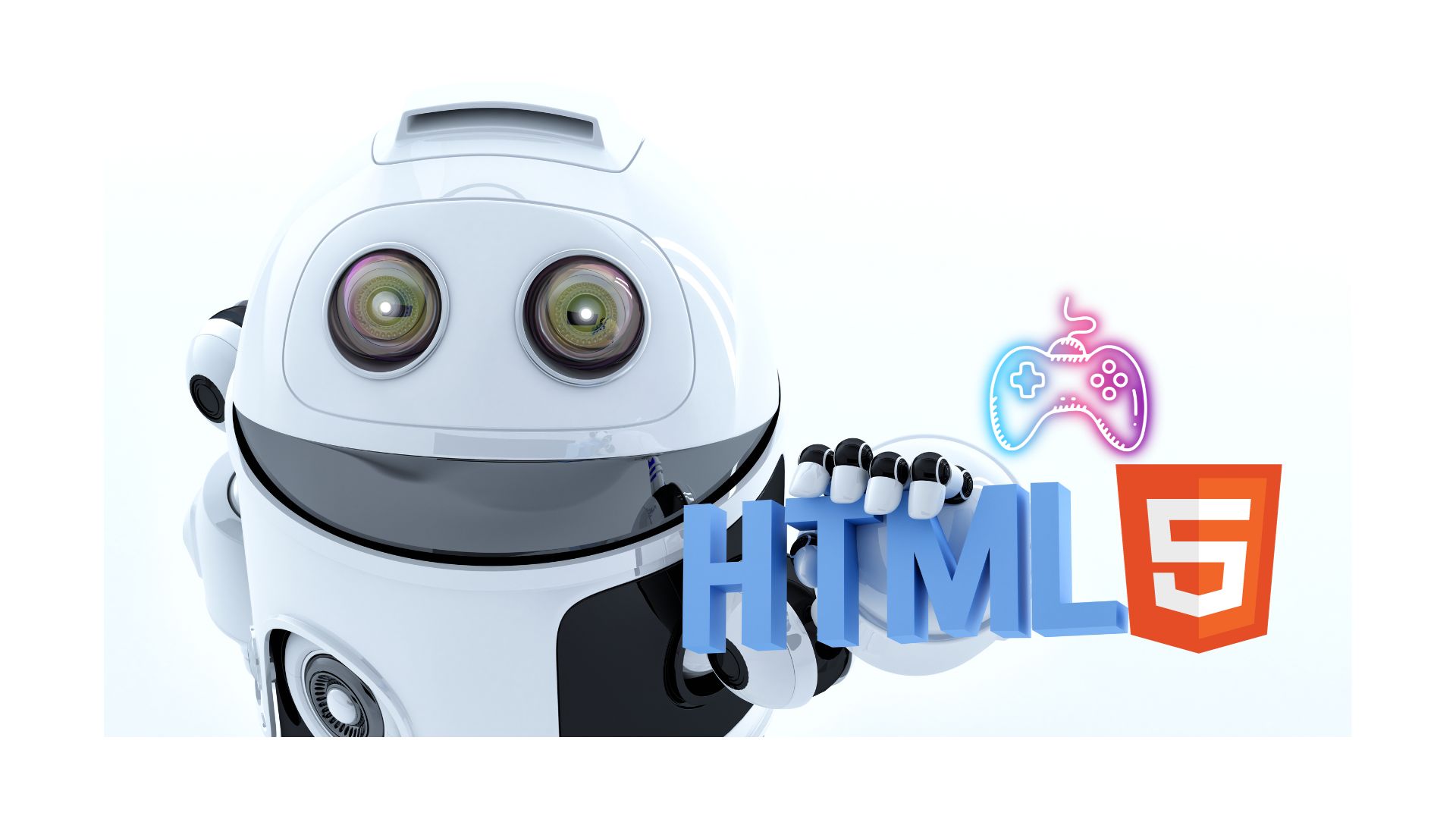Data Discovery Gets Social in Logi Analytics Software
Earlier this year Logi analytics rolled out Logi Vision, software designed to make data discovery accessible to “regular” business users. Today it rolled out the first major update, Logi Vision 1.3, with new features including an activity stream modeled on Facebook's news stream that allows users to view recent analytical activities of their colleagues.
“When we set out to build Logi Vision, one of the core design goals was to integrate social features that emulated popular mechanisms in everyday social networks like Twitter and Pinterest to capture the way the modern workforce will share critical and time-sensitive business analytics,” said David Abramson, director of Product Management at Logi Analytics.
Social features include commenting, the ability to “favorite” and rank content, and the ability for users to follow others, add “mentions” and “pin” visuals to an InfoBoard.
Some 1,000 companies have signed up for trials since Logi Vision's initial launch, a positive number given the minimal marketing and distribution behind the product, Abramson noted. “With this Logi Vision 1.3 launch, we will kick off a major outbound push and campaign to get new users installed on Vision, including partnerships with strategic global technology partners,” he said.
Abramson said many of the earliest customers are companies already using the company's flagship Logi Info business intelligence software that want to add data discovery into their mix of end-user capabilities. The company has also seen a recent increase in standalone use-cases, many of which involve allowing users to work with their application data without burdening IT.
“There is a clear need among customers and prospects to have both an application for business user data discovery, and IT tools to create managed dashboards and operational reports,” he said.
Logi mentions three types of users on its website: IT professionals, creators (data analysts) and consumers (data-savvy business users). Abramson said many of the earliest users of Logi Vision are creators. “This is by design,” he said. “We've built the product to encourage collaboration among all users and to allow both consumers and IT pros to quickly and easily start adding insights of their own to existing Vision projects and visuals.”
Mapping and More
In addition to the social capabilities, the software includes new mapping and binning features:
Mapping. The software offers geo-mapping with choropleth (filled regions) and bubble maps, both online and offline. Logi Vision automatically geo-codes continents, countries, states and populated places so users will not have to ask IT or data experts to translate locations into latitude and longitude coordinates.
Binning. The software converts numeric or time data into dimensions for analysis without requiring a data architect and special data models. For example, ages can be made into age ranges, salary information can turn into salary bands, and dates can turn into specific range categories for further analysis. Logi Vision automatically creates bins based on the data and allows for bin adjustments. Users can also create their own bins of information from scratch and further interact with their data by choosing top or bottom bins based on numbers or percentiles.
With each new version, Abramson said Logi is focusing on adding new capabilities to the software's three core areas: ThinkSpace (visualizations), InfoBoard (social and collaboration) and DataSmart technology (advanced data capabilities for average users).
ThinkSpace is a recommendation engine that suggests best-fit data visualizations for users. Tweaks in this 1.3 update include more visualizations, including heat maps, scatter plots and crosstabs; enhanced interactivity with lasso, pan, and zoom controls; and improved usability with undo/redo and streamlined navigation.
DataSmart builds in data science and preparation capabilities so users can explore data without help from data experts and IT. To that end, Logi Vision 1.3 offers added support for Salesforce.com and Google Analytics, data profiling, data blending or data mash-ups, and multi-part data support, which can automatically recognize separate pieces of data and combine them into one field, such as for addresses or names.
In addition to building on its three core feature sets, Abramson said Logi plans to add more dashboard-like sharing tools for creator and consumer users, as well as enhanced security and tools for IT administrators, and more advanced analytical functions and visualization techniques as part of our DataSmart technology improvements.
Logi Vision 1.3 also extends integration with Logi Info, providing the ability to insert and delete Logi Info reports and dashboards within the Vision InfoBoard. And for administrators, Logi Vision added LDAP/AD authentication and data source security, so anyone can share data and projects while specifying the read/write permissions of recipients.
Free trials of Logi Vision 1.3 are available.
Ann All is the editor of Enterprise Apps Today and eSecurity Planet. She has covered business and technology for more than a decade, writing about everything from business intelligence to virtualization.

Public relations, digital marketing, journalism, copywriting. I have done it all so I am able to communicate any information in a professional manner. Recent work includes creating compelling digital content, and applying SEO strategies to increase website performance. I am a skilled copy editor who can manage budgets and people.



